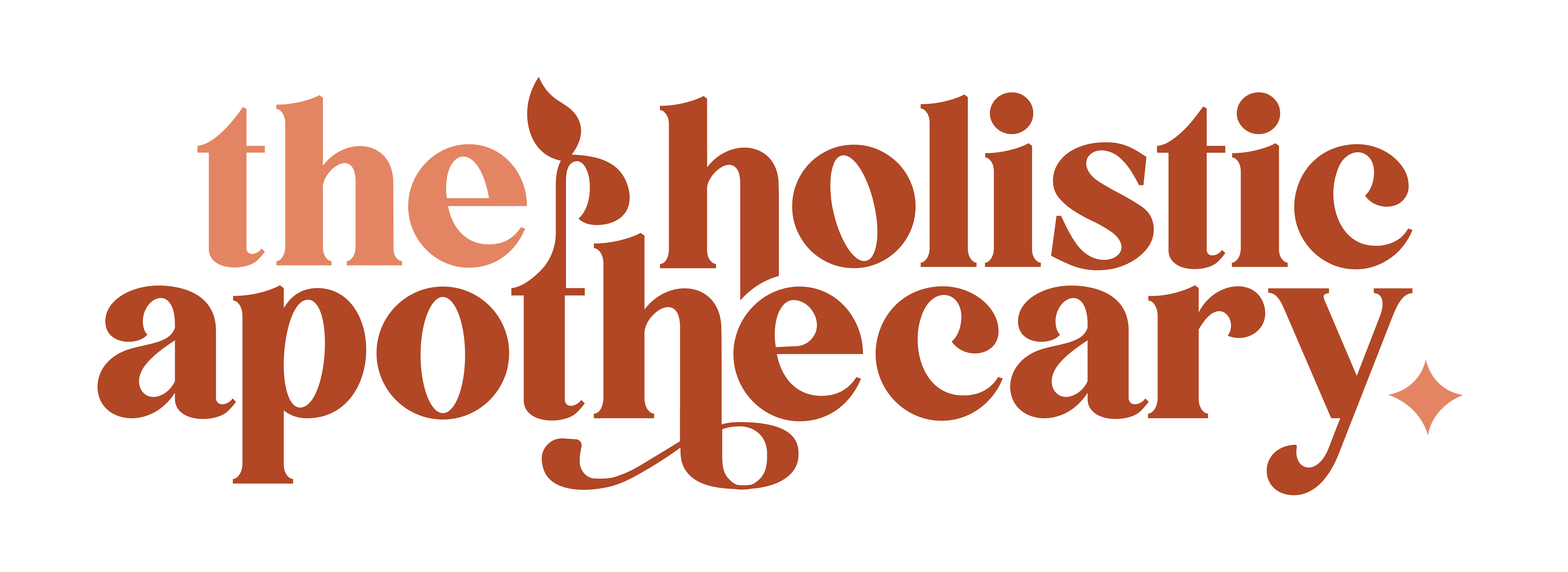Integumentary System
The Integumentary system includes the skin, hair, nails, glands and nerve receptors and is the human body’s largest organ. Our skin weighs about 6 lbs and sheds itself about once every 27 days.
The integumentary system:
- works to waterproof, cushion, and protect the body from infection
- excretes wastes
- regulates temperature
- prevents dehydration by controlling the level of perspiration
- houses sensory receptors that detect pain, sensation and pressure
- is the body’s defense against bacteria, viruses and other microbes
- provides protection from ultraviolet radiation
- secretes melanin, which guards against sunburn
- stores water, fat, glucose and vitamin D
Three layers of tissue:
Epidermis:
- top layer of skin; does not contain blood vessels.
- made up of 40-50 rows of stacked cells called squamous cells or keratinocytes
- keratinocytes produce keratin, a fibrous, waterproofing protein
- keratin is a key component of hair and nails and the majority of the skin on the body is keratinized (waterproof) except for the lining of the skin on the inside of the mouth
- consists of melanocytes: produce melanin, the dark pigment that gives skin its color
- thought to be involved in touch reception
- help the immune system fight antigens (foreign bodies)
Dermis:
- middle layer of skin; two layers – papillary (loose connective tissue) and reticular layer (deep layer – dense connective tissue)
- these layers provide elasticity
- stretching
- fights wrinkling and sagging
- provides a site for the endings of blood vessels and nerves
- contains structures for hair
- lymph vessels, which supply the clear fluid containing white blood cells of the immune system, are housed in this layer
Hypodermis:
-
- also called subcutaneous tissue
- deepest layer of skin
- insulates the body and cushions internal organs
- adipose tissue: stores excess energy as fat
- blood vessels, lymph vessels, nerves and hair follicles run through this layer
Diseases of the integumentary system
Skin cancer
- basal cell carcinoma: skin colored or has a slight pearl color to it, rarely metastasizes, but can be very problematic if not treated and can destroy skin tissue and bone
- squamous cell carcinoma: rough-surfaced- skin-colored lesion
- melanoma: looks like a dark, changing, bleeding skin spot
Warts
- rough bumps caused by a viral infection
- commonly occur on hands and feet
- tiny black dots visible: blocked blood vessels, common with a papilloma viral infection
Eczema
- also known as dermatitis
- red, itchy, flaky skin
- can occur anywhere, on its own or be caused by outside factors such as poison ivy
Acne
- a disorder of the hair and oil glands
- under the control of hormonal changes
- red bumps and pimples on the face, chest and back
Vitiligo
- a condition in which the cells that produce skin color – melanocytes – no longer function properly
- some of these cells are attacked by the immune system, others mysteriously die or stop working
- patches of white skin
Psoriasis
- inflammatory skin condition
- red, itchy plaques commonly occur on the knees and elbows
- nails can have pits and the scalp can be red and itchy, flaky and inflamed
Moles
- normal parts of the skin
- can be flat or raised
- red, brown, black or skin-colored
- if a mole starts changing or if it bleeds and doesn’t heal on its own, it should be assessed by a doctor
Emotional Symptoms
- Acne: Not accepting the self. Dislike of the self.
- Baldness: Fear. Tension. Trying to control everything.
- Bruises: The little bumps in life. Self-punishment.
- Burns: Anger. Burning up. Incensed.
- Calluses: Hardened concepts and ideas. Fear solidified.
- Cuts: Punishment for not following your own rules.
- Eczema: Breath-taking antagonism. Mental eruptions.
- Itching: Desires that go against the grain. Unsatisfied. Remorse. Itching to get out or get away.
- Nails: Represents protection. Nail biting: Frustration. Eating away at the self. Spite of a parent.
- Pimples: Small outbursts of anger.
- Poison Ivy: Allergy. Feeling defenseless and open to attack.
- Psoriasis: Fear of being hurt. Deadening the senses of the self. Refusing to accept responsibility for our own feelings.
- Rash: Irritation over delays. Immature way to get attention.
- Skin: Protects our individuality. Anxiety, fear. Old, buried things. I am being threatened.
- Sores: Unexpressed anger that settles in.
- Varicose veins: Standing in a situation you hate. Discouragement. Feeling overworked and overburdened.
- Warts: Little expressions of hate. Belief in ugliness. Plantar warts: Anger at the very basis of your understanding. Spreading frustration about the future.
Holistic ways to Heal:

